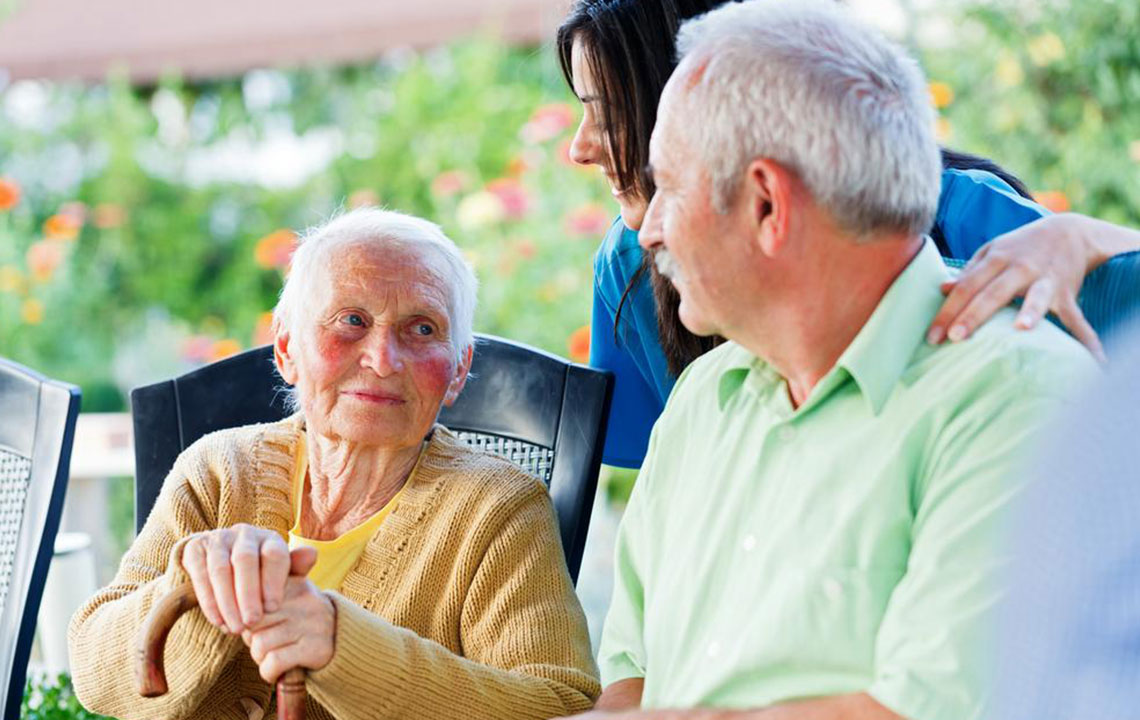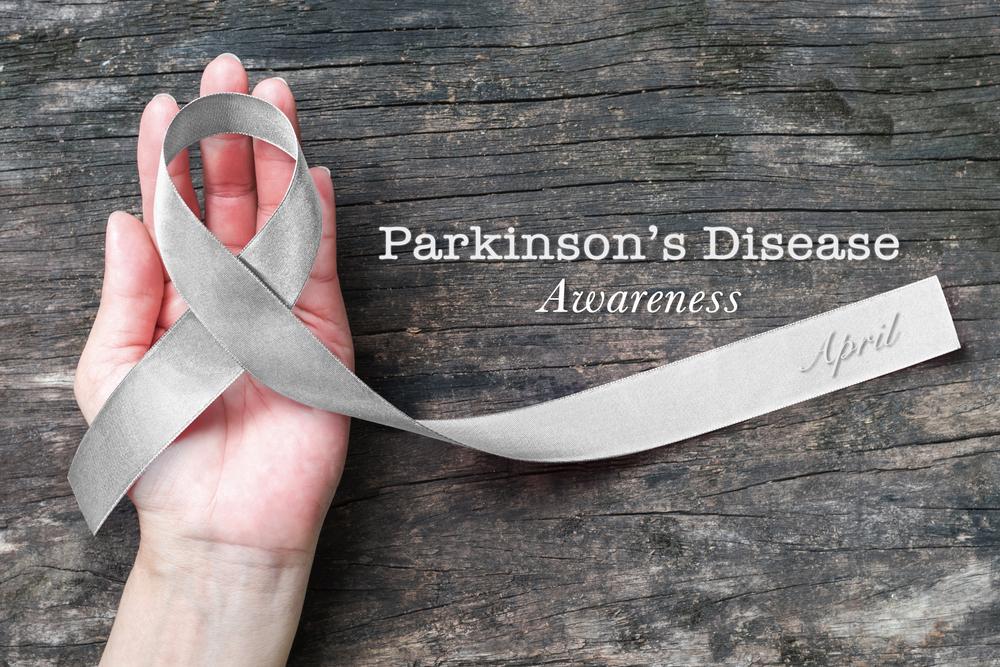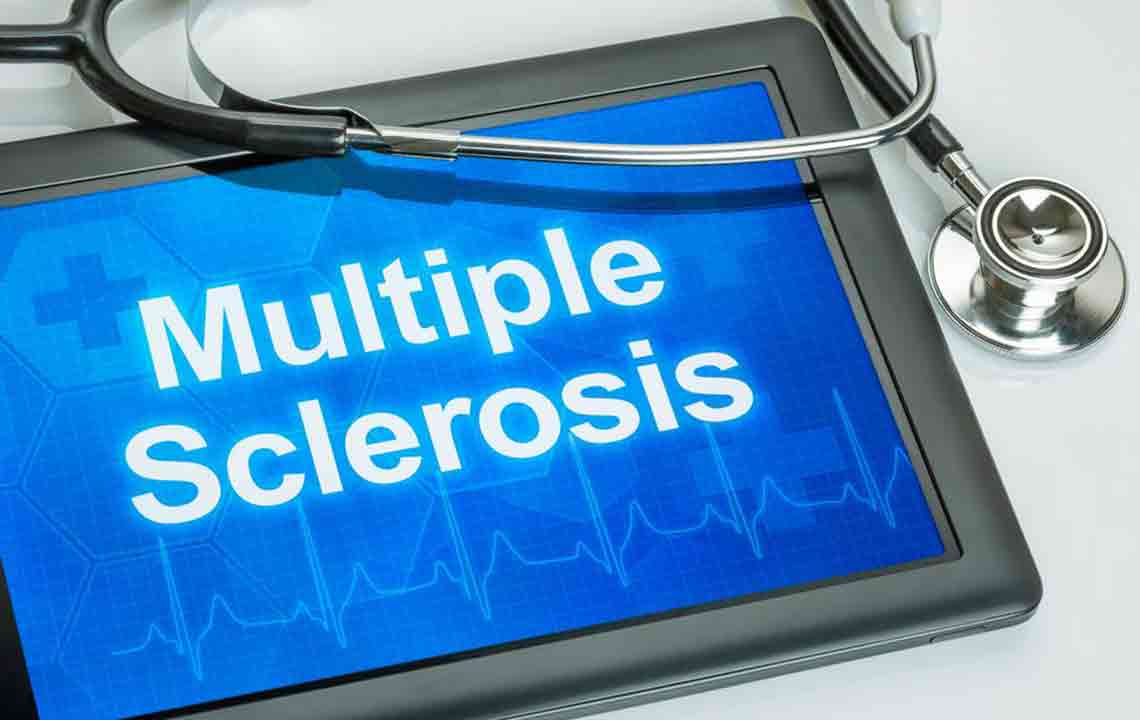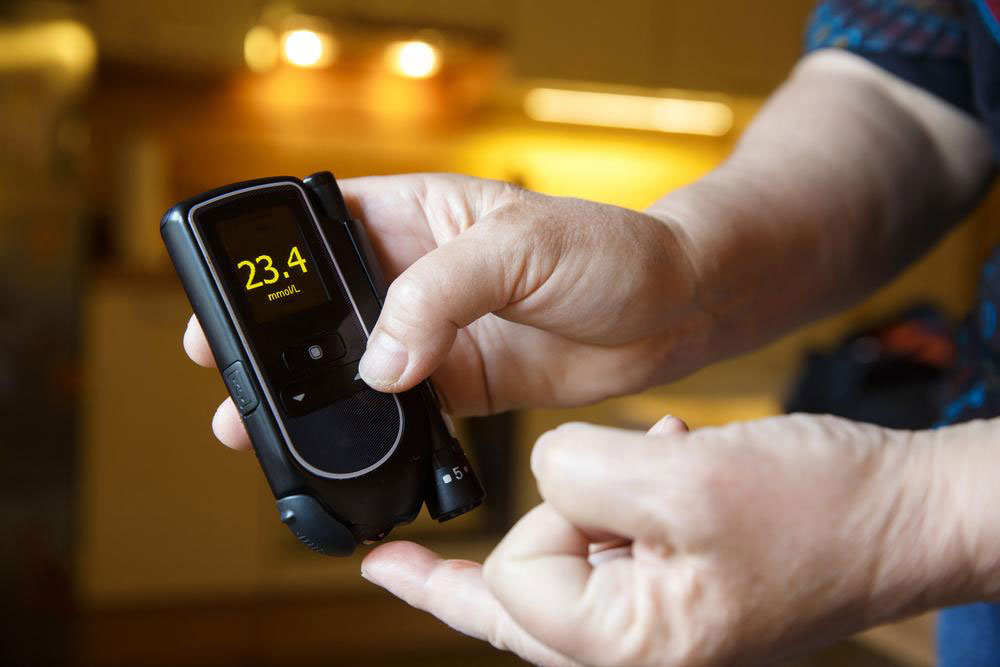Recognizing the Early Symptoms of Parkinson’s Disease
Early detection of Parkinson’s disease can improve management and quality of life. Key signs include handwriting changes, tremors at rest, loss of smell, sleep issues, movement difficulties, voice alterations, and facial masking. Recognizing these symptoms early allows for timely medical intervention and better health outcomes.
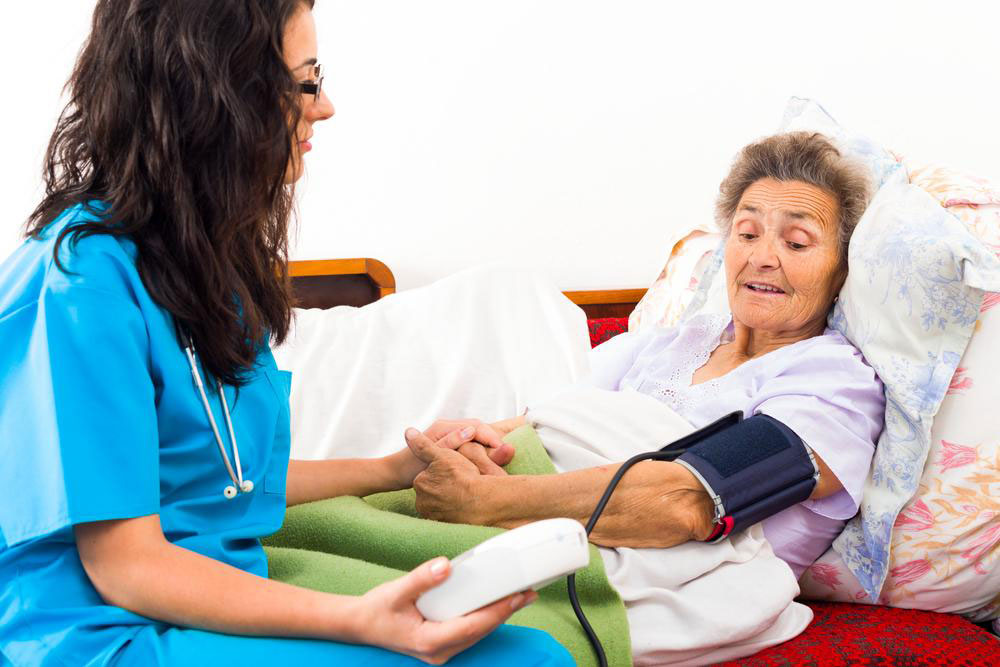
Recognizing the Early Symptoms of Parkinson’s Disease
Parkinson’s disease is a progressive neurological condition that impacts movement and muscle function. It develops as neurons in the substantia nigra of the brain degenerate, resulting in decreased dopamine production. Though the exact cause remains unknown, genetic and environmental factors are believed to play a role. Affecting nearly 50,000 individuals annually, Parkinson’s is not curable but early detection can significantly enhance quality of life and lifespan through timely intervention.
Early signs of Parkinson’s disease include:
Shrinking handwriting: Micrographia causes writing to become cramped and difficult to read over time.
Tremors at rest: Involuntary shaking in the chin, hands, or fingers, especially when at rest. Stress, exertion, or medication effects differ from Parkinson’s symptoms.
Loss of smell: A prolonged inability to detect odors like bananas, dill, or licorice may indicate Parkinson’s, not just cold or flu.
Sleep disturbances: Early stages often involve difficulty sleeping, acting out dreams, or sudden movements during rest.
Movements and stiffness issues: Difficulty walking, stiffness in limbs, or feet feeling ‘stuck’ can be early indicators, especially if persistent.
Voice changes: Voice may become quieter, hoarser, or slurred as Parkinson’s progresses, with less inflection and volume.
Facial expression changes: 'Masking' leads to a blank, serious, or expressionless face and reduced blinking, due to facial muscle control loss.
Note: The information provided is for educational purposes only. Please consult healthcare professionals for diagnosis and treatment. Do not rely solely on online content for medical decisions.

